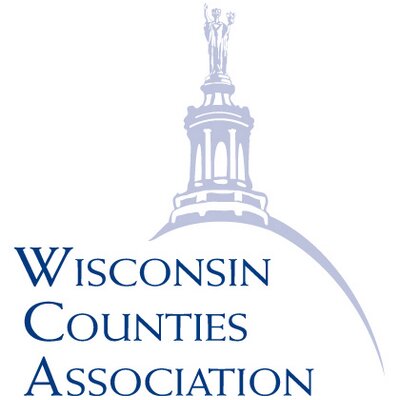The Wisconsin Counties Association’s recent study on rural population trends found that two-thirds of the state’s 46 rural counties lost population between 2010 and 2018, in line with national trends.
“The good news is Wisconsin is slightly outperforming,” said Dale Knapp, director of research and analytics at the WCA at the group’s Annual Legislative Exchange on Tuesday.
Only one county in Wisconsin was in the bottom 30 percent of the nation. Thirty-four of Wisconsin’s rural counties are in the middle, which “gives you a better chance to move yourself into growth if you adopt the right policies,” he said.
According to Knapp, Wisconsin’s source of rural population decline differs from the rest of the nation.
“Nationally, 92 percent of population decline was due to outmigration and 8 percent due to natural decline,” said Knapp.
In Wisconsin, it’s about fifty-fifty due to outmigration and natural decline, he said.
Economic impacts of a declining population lead to a shrinking workforce, fewer businesses, fewer jobs, slower income growth and lower net new construction, which affects property tax levels.
“Those with greater population loss have labor loss of 14 percent over an eight-year period,” said Knapp.
When a population declines, businesses have less demand for goods or services, the workforce shrinks, so businesses might move elsewhere, said Knapp.
“Once [businesses] leave, it’s hard to get them back,” he said.
When populations decline in counties across the state, roads still need maintenance. But with slower income growth and businesses leaving, the tax burden is shifted from the business sector to the household sector, according to Knapp.
So far, WCA has found that the most important factors for population growth are having a city greater than 10,000 people, natural amenities such as lakes, forests or mountains, diverse industries and broadband access. High unemployment and poverty will result in people leaving, he added.
The next step in the study is to see what rural counties are doing right to grow their populations and using that information as a roadmap for rural counties in Wisconsin, Knapp said.
–Stephanie Hoff
WisBusiness.com






